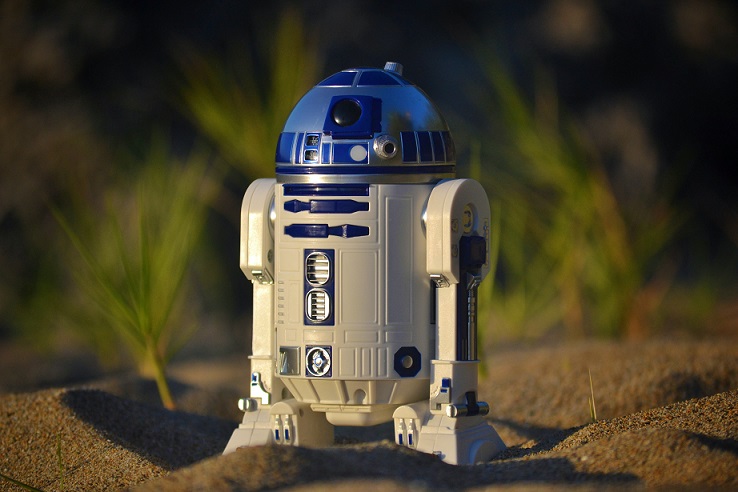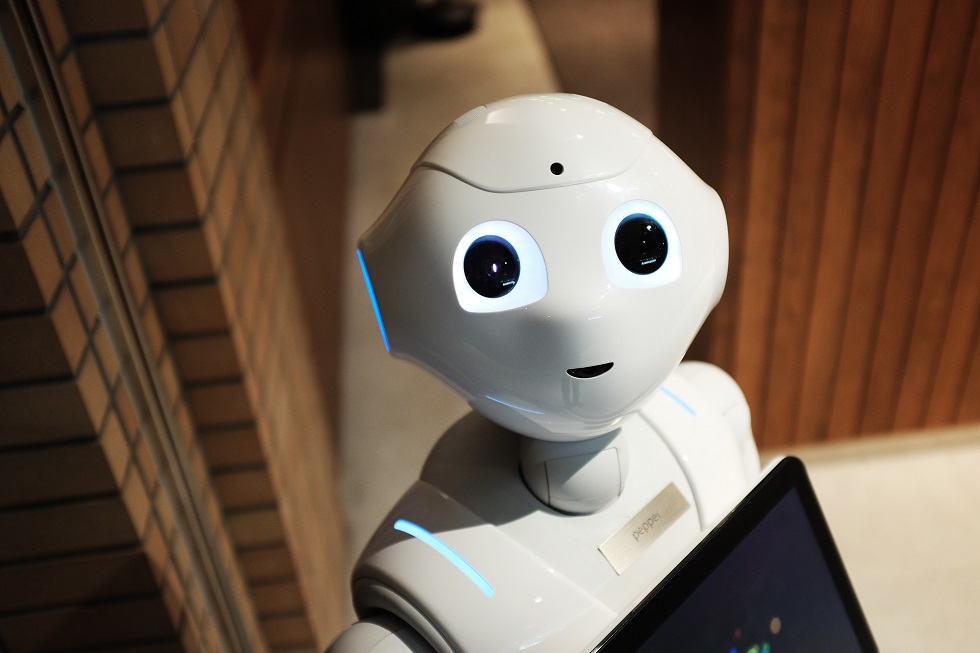Robots may be able to help identify cases of child abuse and neglect.
In 2014, Pixar Animation Studios released a film titled Big Hero 6 where a loveable robot named BayMax not only saves the world but also helps a young boy grieve the loss of his parents. Months later, Softbank robotics crafted Pepper, the first robot with the ability to read human emotions. Recently, researchers at Cambridge University have used a later version of the humanoid robot named NAO to study how robots can be the perfect confidant for kids.
Professor Hattice Gunes, a mother and head of the Affective Intelligence and Robotics Laboratory at Cambridge University says that the NAO robots developed by SoftBank Robotics present an opportunity for children who are suffering from Autism Spectrum Disorder (ASD) or other mental health conditions that affect socialization patterns. Because of the robot’s small stature, it presents as “non-threatening” which allows children to feel “comfortable…shar[ing] secrets with it,” says PhD student Nida Itrat Ibassi.
Gunes concurs with Ibassi’s findings and observes that robots are a needed departure from screen technologies which can lead to children becoming withdrawn from the physical world. “Children are quite tactile,” said Professor Hattice Gunes, which makes mental health robots a great way to engage children in the physical world.

Itrat’s findings that children are interested in receiving nurture from more tactile sources has deep roots in child psychology. In 1958, Harry Harlow remarked upon this phenomenon in his famous monkey experiments where he provided infant monkeys the choice between two surrogate (fake) mothers. One “mother” was constructed of metal wire but provided adequate nourishment. The other “mother” was covered in terry cloth but did not offer milk. By and large, the monkeys gravitated toward the cloth mother.
Up until now, NAO has been a useful tool in helping children with ASD develop social skills and emotional regulation. Muhammad Moohor hypothesized in a Forbes 2015 interview that, “[NAO] looks a lot like a human but doesn’t have all the features that a person does. That can help autistic individuals because the robot is simpler.” Children with ASD benefit from NAO because they are able to learn emotions one at a time before generalizing them to deal with the complex rainbow of human emotions.
Itrat’s studies show that the benefits from the NAO robots can be applied to all children and not just those with ASD because they are more likely to confide in these robots if they are being bullied or feeling distress. Although robots will never replace clinical psychologists, they may become a crucial tool for psychologists to identify adverse situations in a child’s life. As a result, robots could become the front lines in identifying patterns of mental distress or abuse. Additionally, robots can upload their findings instantly, leading clinical psychologists to easily identify red flags and allocate time and resources to children who need it most. All in all, helpful and sensitive robots are not just for feature films but also for the future of child psychology.
Sources:
Cambridge University study finds robots could help spot mental health issues in children
Harlow’s Classic Studies Revealed the Importance of Maternal Contact


Join the conversation!